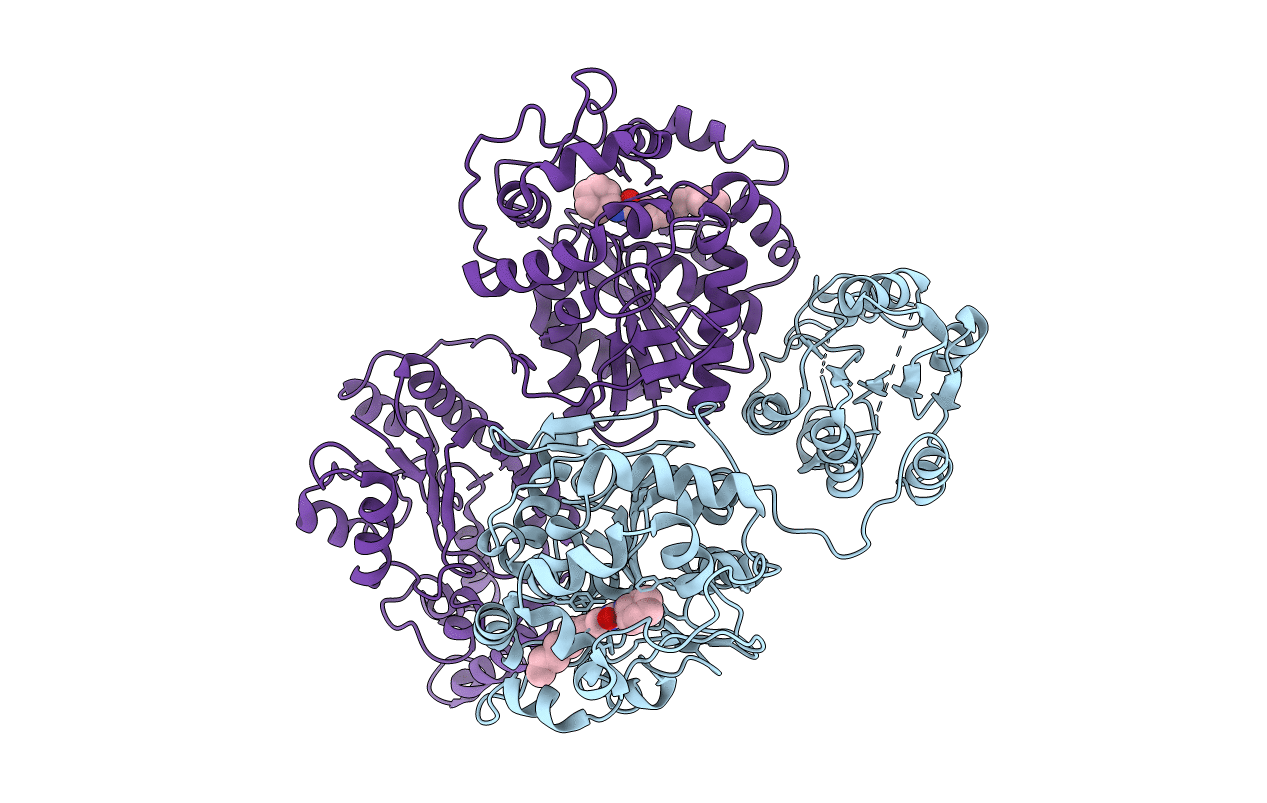
Deposition Date
2000-03-06
Release Date
2000-05-31
Last Version Date
2024-02-07
Entry Detail
PDB ID:
1EK2
Keywords:
Title:
CRYSTAL STRUCTURE OF MURINE SOLUBLE EPOXIDE HYDROLASE COMPLEXED WITH CDU INHIBITOR
Biological Source:
Source Organism:
Mus musculus (Taxon ID: 10090)
Host Organism:
Method Details:
Experimental Method:
Resolution:
3.00 Å
R-Value Free:
0.29
R-Value Work:
0.21
Space Group:
P 21 21 2


